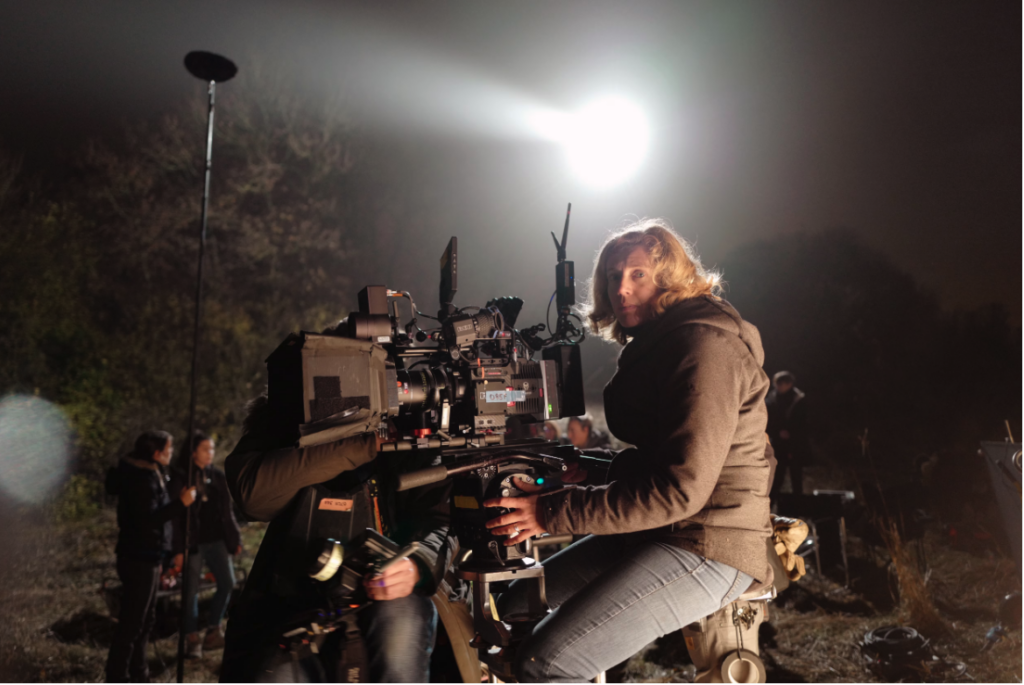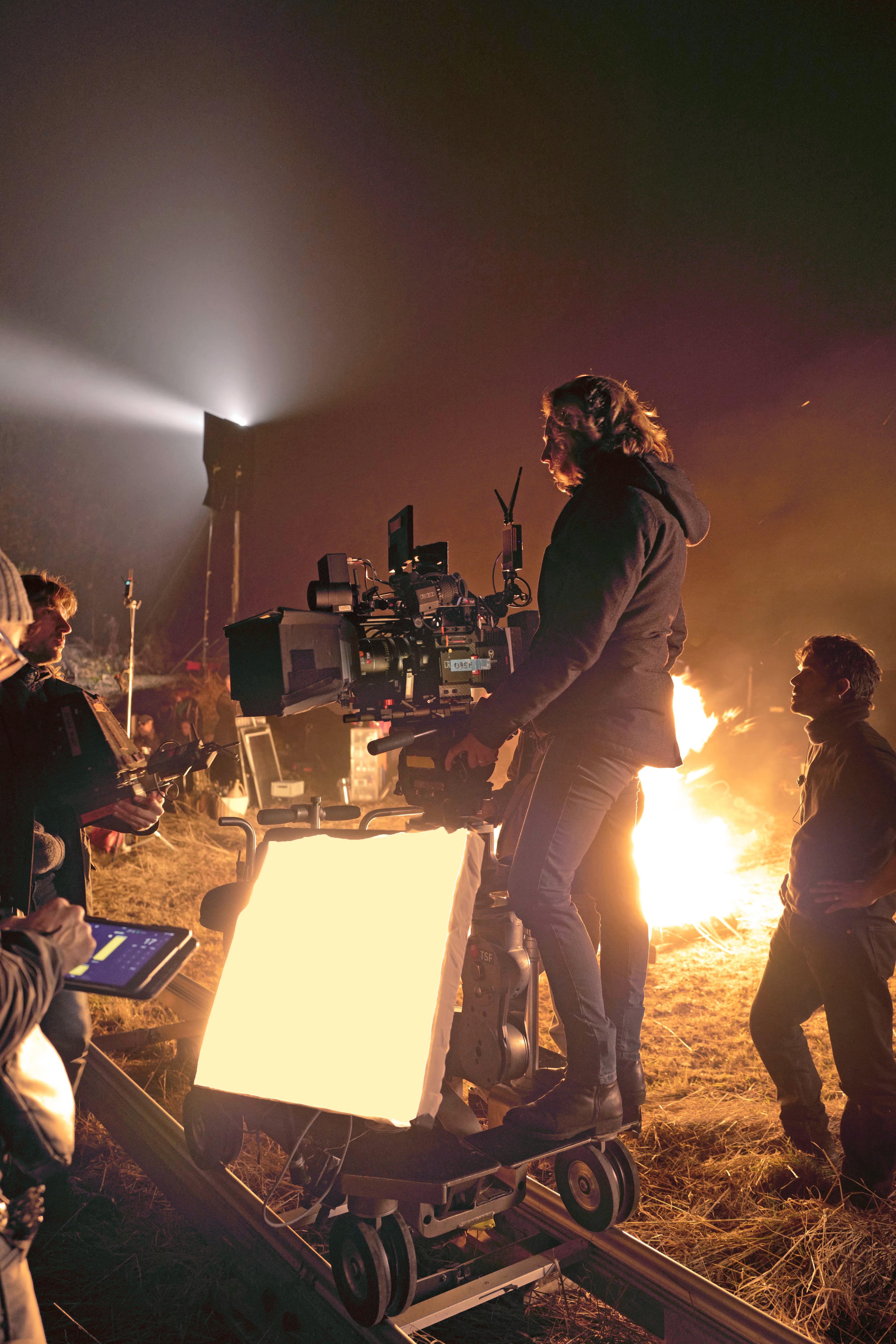Claire Mathon AFC on Portrait of a Lady on Fire
In an article by Red.com, french cinematographer Claire Mathon gives us an insight into filming Portrait of a Lady on Fire and the behind-the-scenes of the movie. In the 2020 article, Mathon explains how she decided to shoot the film in 7k, all while “using 8k as a reserve to be able to stabilize the image when it became necessary in post-production.” She goes on to talk about the importance of making the film seem authentic and have a 35mm film feel to it. She, along with Céline Sciamma, decided to go with a RED MONSTRO 8K VV camera with Leitz THALIA lenses. The camera and lens choice was carefully thought out with multiple tests and insights from other colleagues of Mathon’s.

Mathon explains how she visited the Louvre Museum to see all the different types of paintings. She was not only focused on how they looked but also on the colors and texture and how they would appear on film. she wanted the realism of the 18th century to appeal to viewers through her camera. She remembers how she was “struck by rich colors, in daytime and at night” and the different nuances that were present. The Mise-en-scène aspects of the film play hand-in-hand with the cinematography.
Mathon goes on to talk about the camera movement and how Céline Sciamma’s staging and choreography were very well thought out. This is where the staging of Mise-en-scène comes into play again and collaborates with the camera movement of cinematography. They both work together to create something so seamless yet it takes a lot of work. Mathon explains this in the article as she talks about how the movement of the camera while filming needed to be very simple but also show the “intamicy of [the characters] daily lives.” This meant there could be no shakeyness and everything needed to become as smooth as possible. This is where mathon explains how the film is about the “look.” In order to create the intamicy between glances and longing gazes between the characters, Mathon used many tracking shots with a dolly or steadicam.

Most of the film showed only close-ups of the characters, never letting too much of the background distract viewers from what was going on. This was an intentional aspect and it was tp emphasize to the viewers the tragic love the two main characters had. It was a love that they know they could never fully have, hence the many longing gazes throughout the film. Due to Claire Mathon’s artisitc skills, it helped piece together the film and make it seem so realistic. Everything was so methodically thought out from framing, to depth of field, to color, and to movement. All four keys to cinematography helped to create a great film.
While most of the film is full of steady camera work (especially those long tracking shots), there are definitely moments where the camera was made to be shaky on purpose to mirror the direction of Marianne and Heloise’s gaze. For instance, take the scene near the beginning where Heloise dashes towards the cliff with Marianne running to catch up to her. During this scene, Mathon employs a handheld shot that shakes the frame in order to mirror the actions of our two main characters, thus causing us to be more immersed in what they are going through. Another example of handheld shakiness is shown during the final scene, where the camera shakes as Heloise breaks down at the orchestra concert. Additionally, I do not agree with your statement regarding the establishment of intimacy through longing gazes captured via “tracking shots.” Rather, I feel as though the intimacy is captured through the use of pan shots between Heloise and Marianne’s gazes. The use of pan shots is especially evident during the scenes in which Marianne is actually painting Heloise, in which they have deeply personal conversations and intimate eye contact captured through the use of pan shots from Marianne’s position as the painter and Heloise as the subject. It could also be noted that the nature of pan shots perhaps may not line up well with your claim of “everything needing to be smooth as possible,” as the pans cause a constant reframing as the conversation goes along or as glances are exchanged–how smooth can an indefinitely unchanging shot be? It is very true that close-ups are extremely evident throughout the film, but it is also important to take notice of the equally evident medium shots as they are the most predominant shot-type when Heloise and Marianne are physically next to each other in a frame.